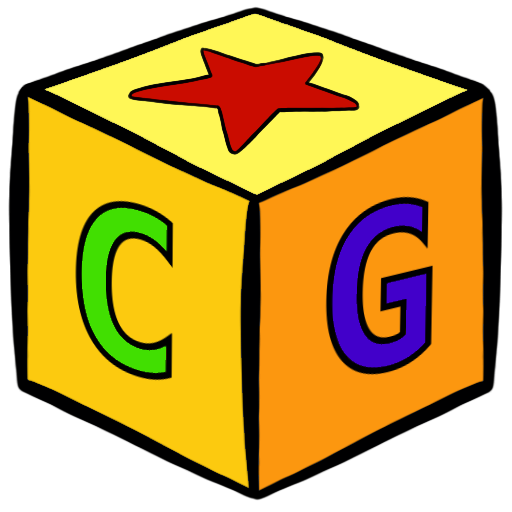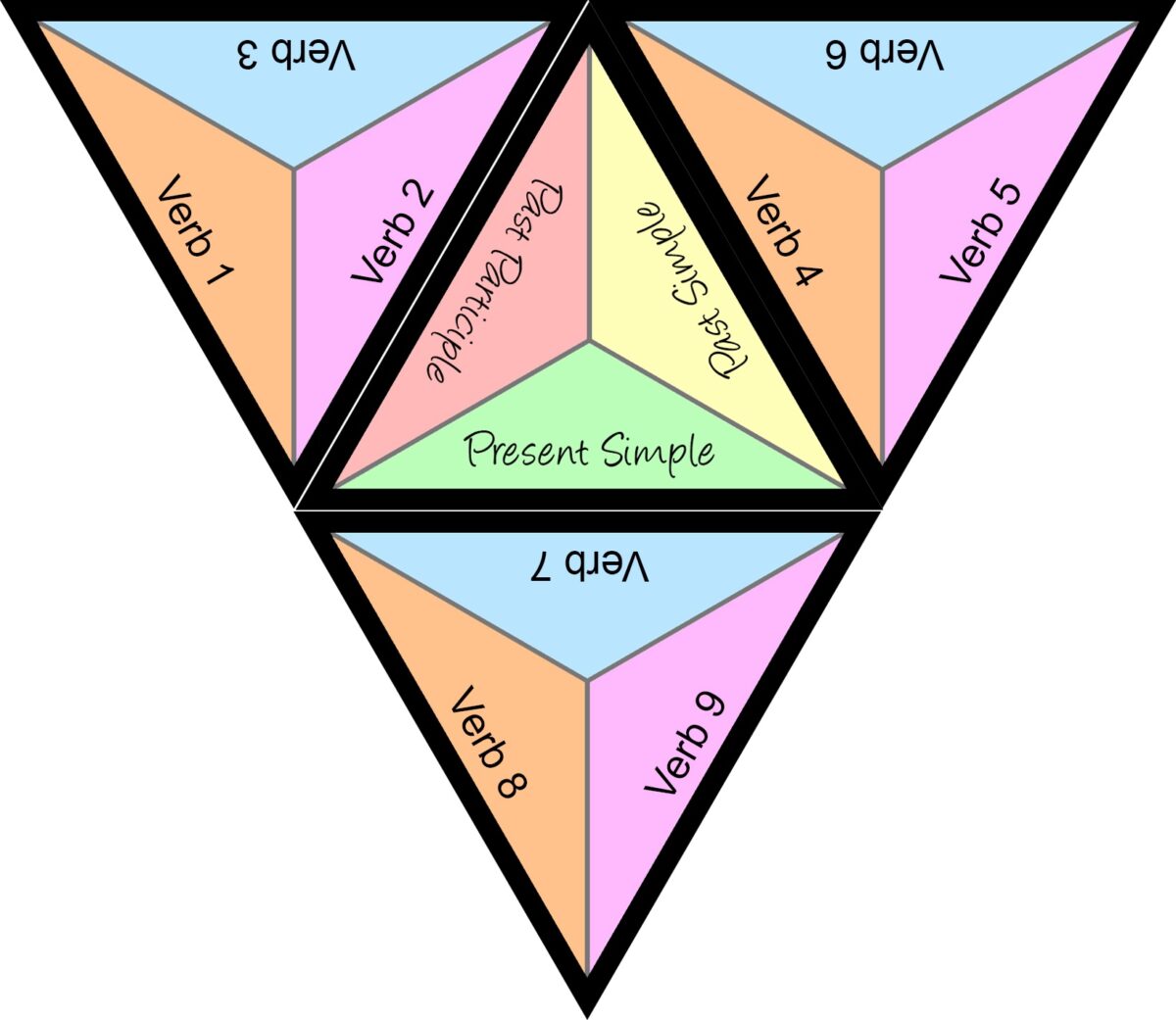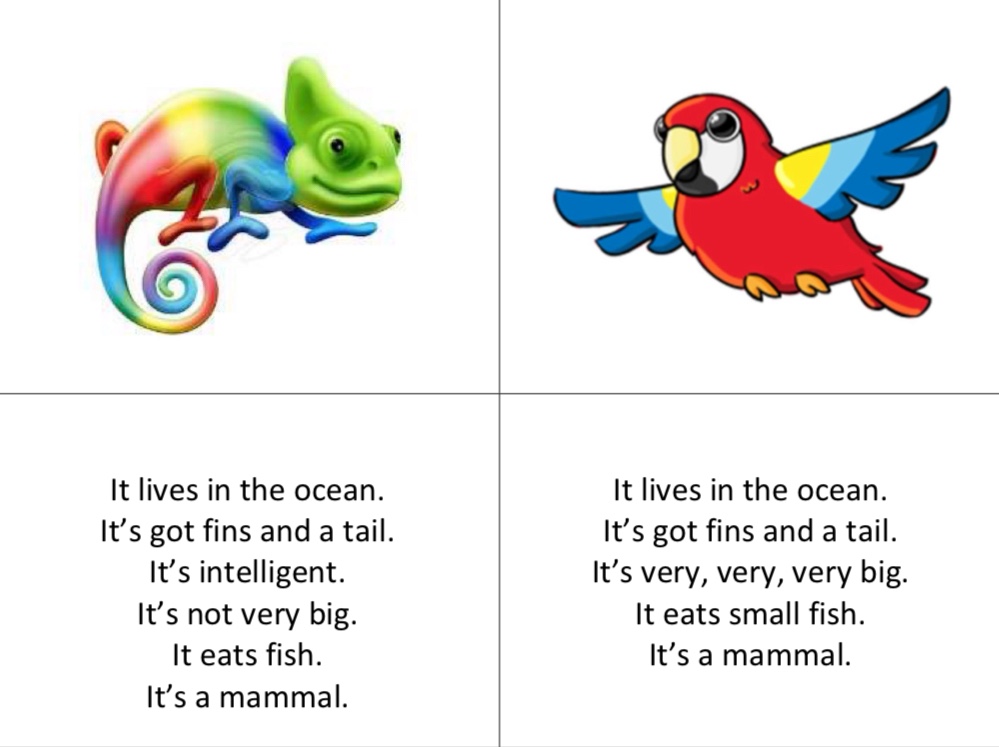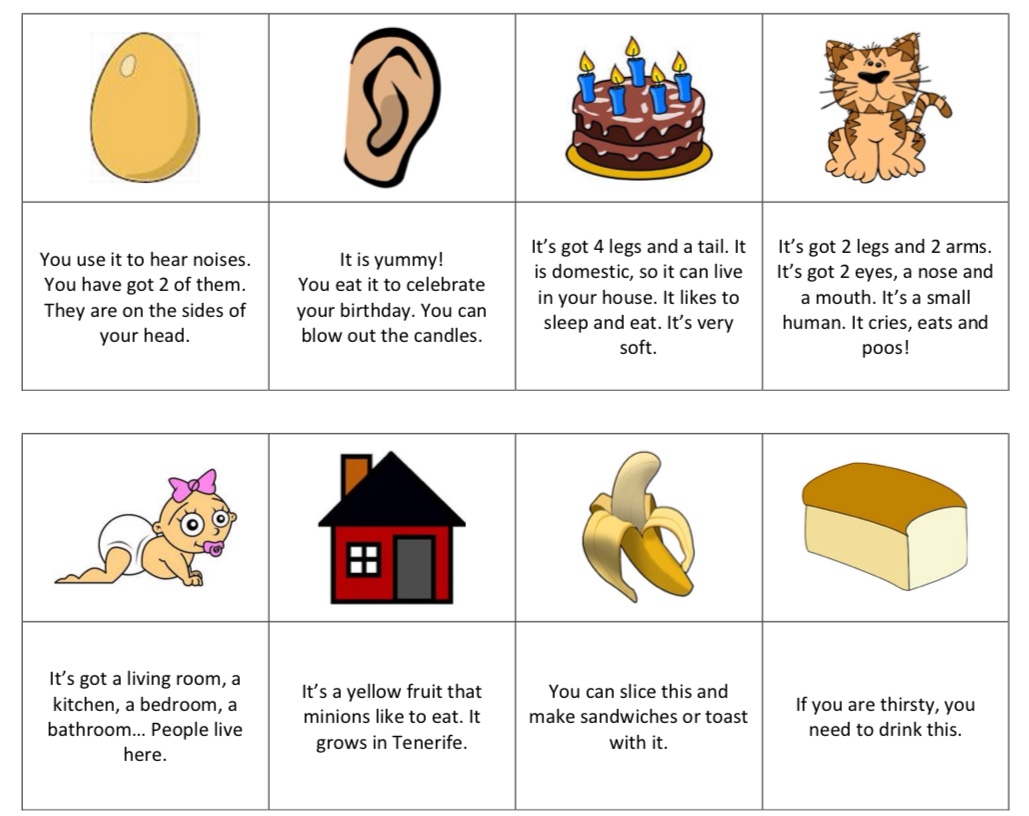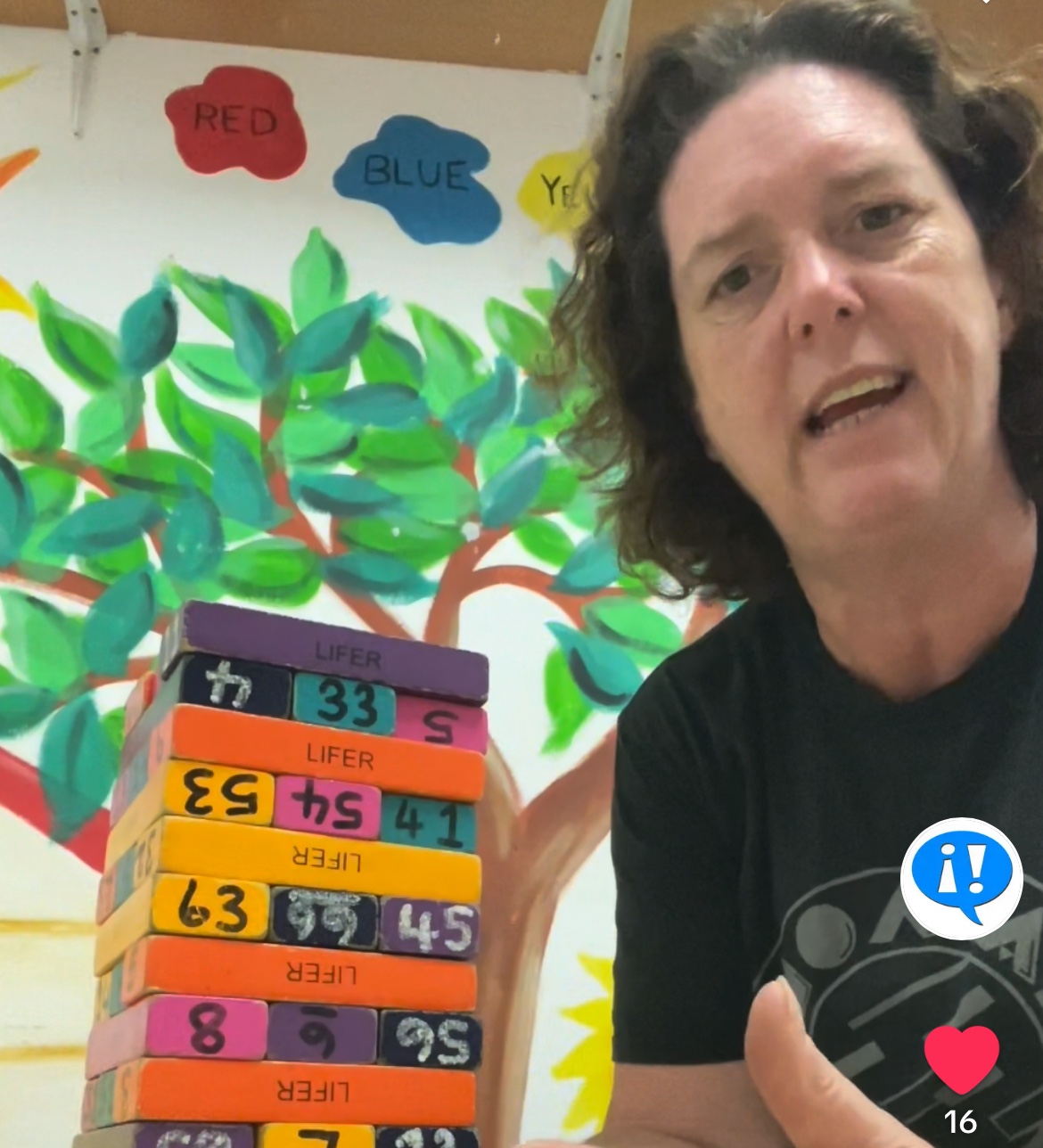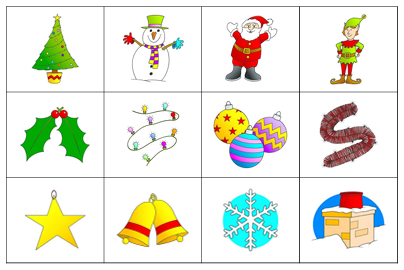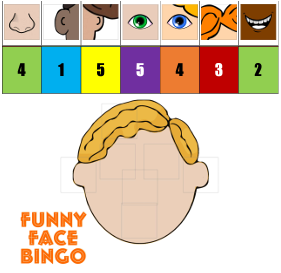Here’s a classic game that you can adapt and use to teach colours and numbers in the ESL/ESOL classroom. It’s fun too!
What is it?… Jenga!
I bought a colour jenga set that came with a colour dice, though you can just paint the blocks of a normal jenga. I then wrote numbers on both ends, so that they would be visible when stacked.
As normal dice will be used, it’s important that you only use combinations of numbers that use 1, 2, 3, 4, 5 and 6. It’s also a good idea to have more of the single numbers, as these come up more often… as will become apparent.
There are 60 blocks in total in my set. Here’s a full list of the numbers that it works best to use:
1, 1, 2, 2, 3, 3, 3, 4, 4, 4, 5, 5, 5, 6, 6, 7, 7, 8, 8, 9, 9, 10, 11, 11, 12, 12, 13, 14, 15, 16, 21, 22, 23, 24, 25, 26, 31, 32, 33, 34, 35, 36, 41, 42, 43, 44, 45, 46, 51, 52, 53, 54, 55, 56, 61, 62, 63, 64, 65, 66.
If you have fewer blocks, then take out the doubles and triples.
How do you play it?
- You will need 2 normal (1 to 6) dice.
- Students throw both dice.
- They can then remove a block from the tower, in the usual way that you play jenga, and place it on the top of the tower.
- The difference is, they can only remove blocks that contain a combination of the numbers, or by adding or subtracting the numbers. For example, if they rolled a 4 and a 3, they could remove 4, 3, 43, 34, 4+3=7 or 4-3=1
- As in the normal rules of Jenga, you cannot take a block from the top 3 rows at any point in the game and you can only use one hand (you can relax this rule if it’s smaller children playing).
If you get the students to say all the numbers they can use before they take a block, it works as a great way to practice double unit numbers in English. With smaller kids, it’s also a good way to practice simple maths.
That’s it! There are no downloads, but if you need a Jenga, you can get them off Amazon, Aliexpress, or pretty much any toy website. Here’s a 60-block one I found.
https://www.amazon.com/Mattys-Mix-Up-Colorful-Stacking-Storage/dp/B01MU0CYB7/
Here is a link to my TikTok video explaining how to play:
https://www.tiktok.com/@islaidiomas/video/7289537151707008289
